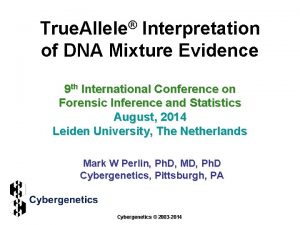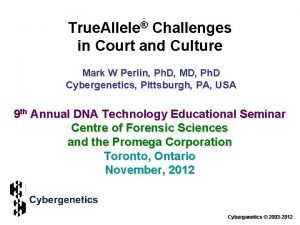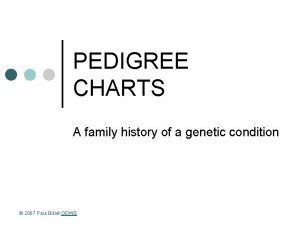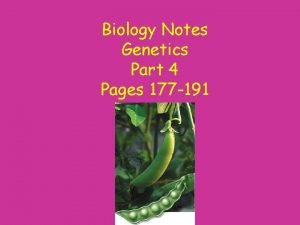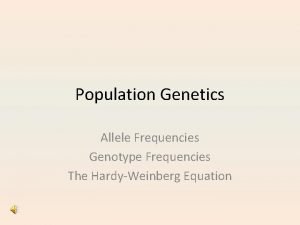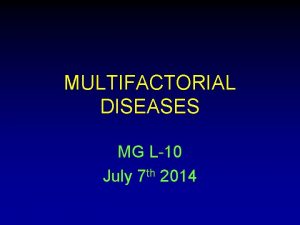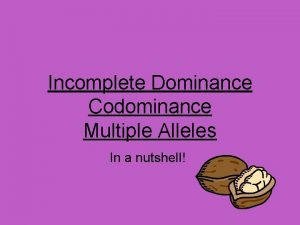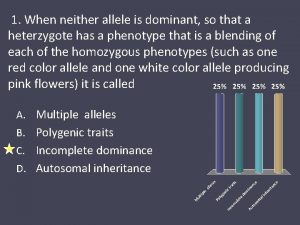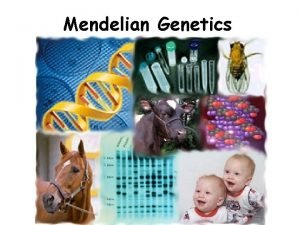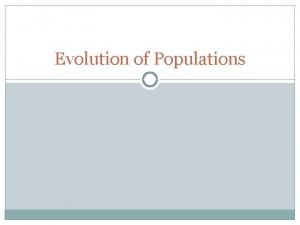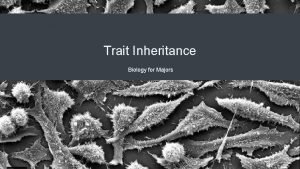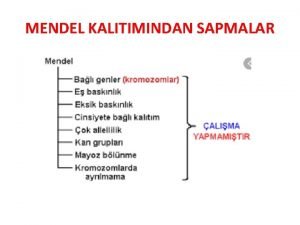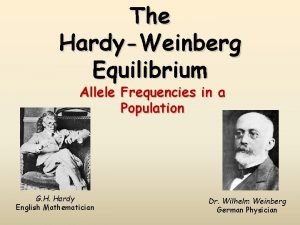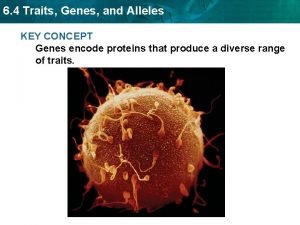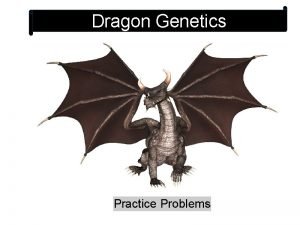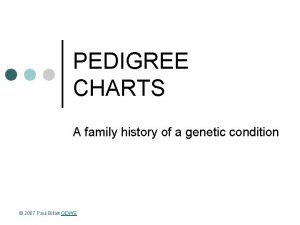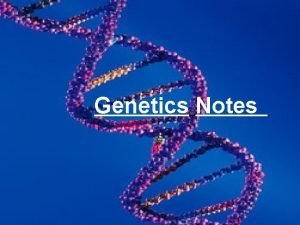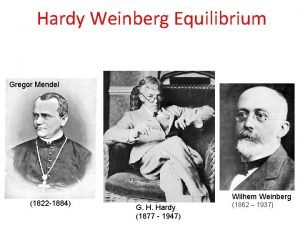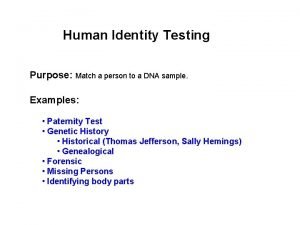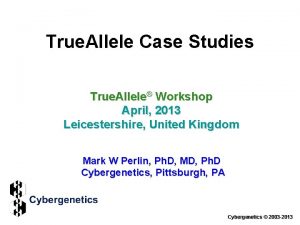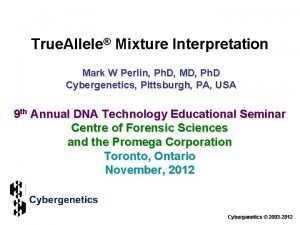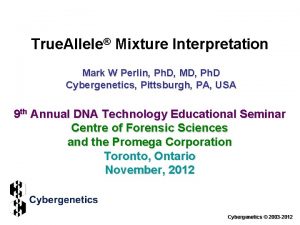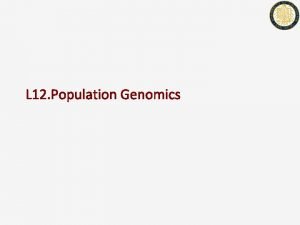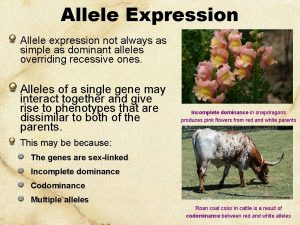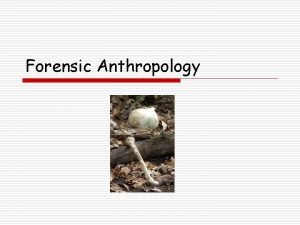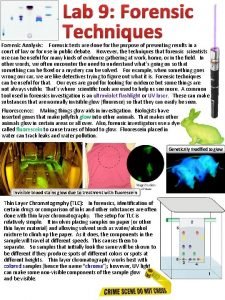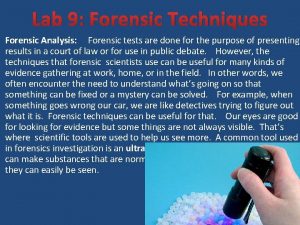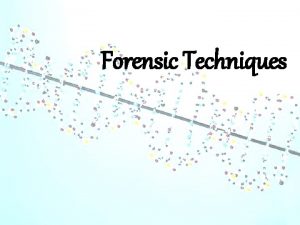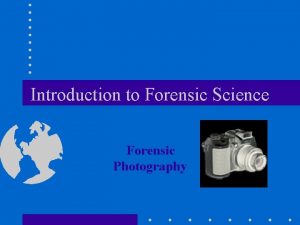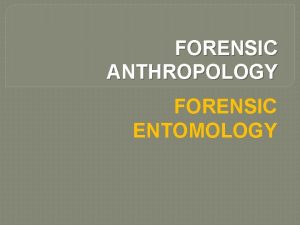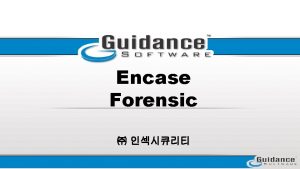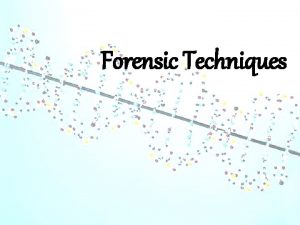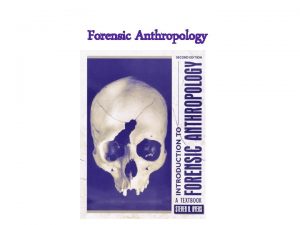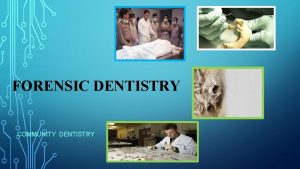Exploring Forensic Scenarios with True Allele Mixture Automation









![DNA profile ambiguity Use wild card [* b] data ab bb a b List DNA profile ambiguity Use wild card [* b] data ab bb a b List](https://slidetodoc.com/presentation_image/54e9fb4b385adb262bff421e7353806f/image-10.jpg)



















- Slides: 29

Exploring Forensic Scenarios ® with True. Allele Mixture Automation 59 th Annual Meeting American Academy of Forensic Sciences February, 2007 Mark W Perlin, Ph. D, MD, Ph. D Pittsburgh, PA USA Employee, Shareholder, and Discussion of Commercial Products or Services Cybergenetics © 2003 -2007

DNA data So many cases, so little time generate review years meeting the data challenge

Do the best job possible • Look at all the good data • Ignore the bad data • Consider every possibility • Obtain the most match information

DNA evidence person

DNA evidence person specimen

DNA evidence person specimen STR data

DNA evidence person specimen STR data profile

DNA evidence person specimen STR data profile

Consider every possibility • every allele call • all mixing weights • stochastic effects • stutter artifact • peak imbalance • specimen combinations
![DNA profile ambiguity Use wild card b data ab bb a b List DNA profile ambiguity Use wild card [* b] data ab bb a b List](https://slidetodoc.com/presentation_image/54e9fb4b385adb262bff421e7353806f/image-10.jpg)
DNA profile ambiguity Use wild card [* b] data ab bb a b List possibilities [a b], [b b] Attach probability 0. 6 0. 4

Match DNA profiles Prob(specific) Match Information = Prob(random) Match Information logarithm – Very large number: “billion” or 1018 Use the exponent: 18

Comparing interpretation via match information Information Wildcards 11. 9 Listing 15. 9 Probability 17. 2

Scientific calculator • interpret DNA • match DNA • database engine

Linear Mixture Analysis J Forensic Sci 2001 46 (6) 1372 -1378

"What if. . . ? " scenarios • process additional samples? • which samples should be used? • is there too much data? • discard low quality data? • combine low signal data? • solve serial crimes? • how many mixture contributors?

Obtain DNA data

Infer DNA profile

Match DNA profile 17. 3

How many contributors? "What if" scenarios

Discard bad data

Low-level informative data

Using informative data 7. 9

Using informative data 7. 9 11. 4

Combine informative data 12. 9

Serial crime investigation 12. 9

Many sample combinations Which subset of DNA samples gives the most informative result? seven groupings

True. Allele scientific calculator • 20 interpret CPUs • 1 match computer • central database interpret match database

Combining low level data seven groupings

Do the best job possible • Look at all the good data • Ignore the bad data • Consider every possibility • Obtain the most match information
 True allele
True allele Cybgen
Cybgen Is 14 karat gold homogeneous or heterogeneous
Is 14 karat gold homogeneous or heterogeneous Thomas mocker and thomas stewart
Thomas mocker and thomas stewart Forensic psychiatry vs forensic psychology
Forensic psychiatry vs forensic psychology 102 dr
102 dr Chapter 2 jesus christ true god and true man
Chapter 2 jesus christ true god and true man Allele
Allele Pedigree key
Pedigree key Dominant allele definition
Dominant allele definition Allele vs genotype
Allele vs genotype Allele
Allele How to calculate allele frequency from genotype
How to calculate allele frequency from genotype Example of codominance
Example of codominance Genotype for straight hair
Genotype for straight hair Homozygous and heterozygous
Homozygous and heterozygous Allele frequencies
Allele frequencies Co dominance example
Co dominance example Example of allele
Example of allele Heterozomi
Heterozomi Hardy weinberg allele frequency
Hardy weinberg allele frequency Allele vs trait
Allele vs trait In dragons the allele for fire breathing is dominant
In dragons the allele for fire breathing is dominant Allele key
Allele key Xhams
Xhams Allele
Allele Allele picture example
Allele picture example Hardy weinberg allele frequency
Hardy weinberg allele frequency Incomplete dominance occurs when
Incomplete dominance occurs when Str allele
Str allele
